Dental Implants: Are You a Candidate?
Did you know according to the American College of Prosthodontists, over 36 million Americans are missing multiple teeth? More so, 125 million are missing at least one tooth. If you are one of the many missing teeth, a dental implant may be the solution for repairing your smile. While most people can get implants, some factors make one a better candidate than others.
What Makes a Good Candidate for Dental Implants?
Healthy Gums
If you have gingivitis or periodontitis, then getting an implant may not be the best route for you. Because implants are titanium posts screwed into the bone, you must have healthy gums. With advanced periodontal disease, there is a high risk of implants falling out due to a lack of gum support. Also, if one intends to maintain gum health, one will likely take care of the dental implant.
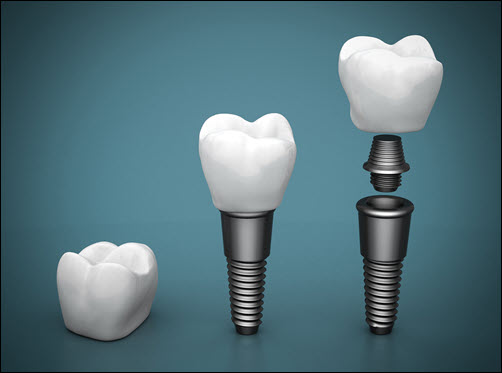 Bone Density
Bone Density
The implant is screwed into your jaw, so you must have enough bone density. A dentist can perform a simple test to determine the density of the bone. The dentist may opt for a mini dental implant, pending the test’s outcome. This mini implant has a ball at the end that a tooth replacement snaps to. This piece, a crown, looks like a natural tooth.
Not a Smoker
When you smoke, the risk of a tooth implant not fusing properly to the jawbone is higher. Also, smokers will heal more slowly after the dental implant procedure.
Good Dental Hygiene
If you take great care of your teeth, your dental implant will last longer. Bi-annual dental appointments, brushing and flossing twice daily, and a healthy diet are all part of your oral care. Your dentist will need to be able to monitor the implant’s condition, so consistent visits are a must. Keep in mind, if you have other dental issues to correct, your dentist will treat those concerns first.
Minimal Bruxism
If you grind or clench your teeth, your dentist may decide dental implants are not for you. Implants are sturdy and function as regular teeth. However, the amount of pressure exerted by bruxism can cause damage. If an implant is the best recourse, it may be necessary to have a custom-fitted nightguard.
Patience with the Process
Getting an implant can take four to twelve months to complete. The implant procedure is multi-faceted, depending on your jaw and the number of implants. You must be patient throughout the process and follow your dentist’s instructions.
If you need a tooth replacement, don’t put it off. Talk to one of our dental team at Crosstown Dental Group Palmyra today. We can assess your dental health and determine the best procedure for achieving your perfect smile.
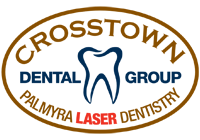

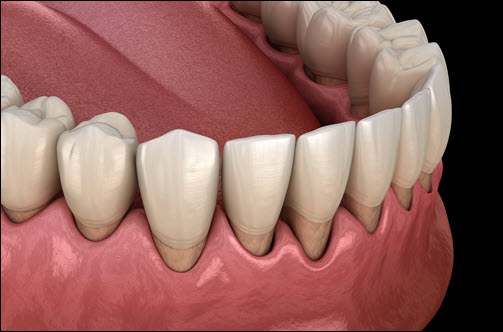
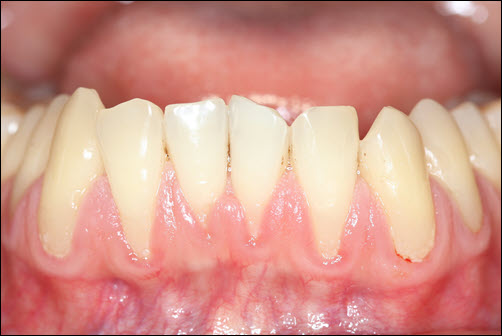 Braces – As braces realign the teeth, it can sometimes cause gum recession.
Braces – As braces realign the teeth, it can sometimes cause gum recession.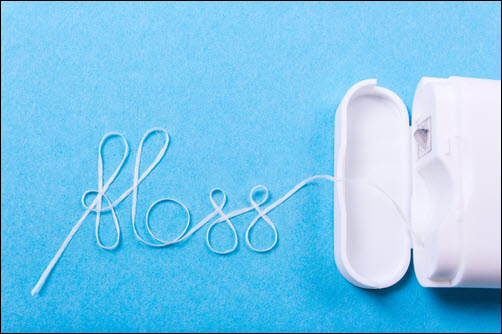
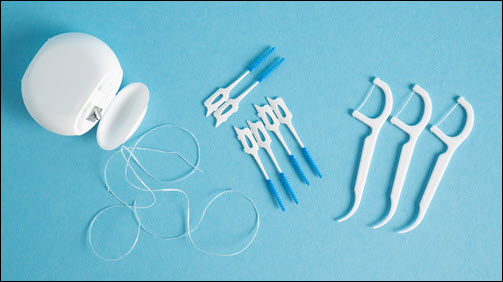 Traditional Floss (waxed or unwaxed)
Traditional Floss (waxed or unwaxed)